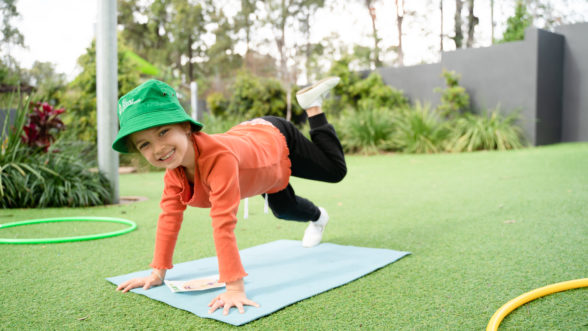
Wellbeing
Useful tools, Wellbeing
21 April, 2025

Research shows sleep has all kinds of benefits for children. It’s when they do all their growing, their bodies heal and their memories are filed away. It’s essential for their learning and the development of their immune systems. And anyone who has spent time with a tired, cranky toddler knows a good night’s sleep makes for much nicer little humans!
Establishing a consistent bedtime routine helps children to fall asleep and ensures they get enough. And while it may not seem like a big deal to just put your little one to bed after they fall asleep, when baby number two (or three!) comes along, you’ll certainly appreciate having a toddler or older child who knows the drill at bedtime.
Sleep routines help get children ready for sleep by:
Having a consistent routine for bedtime helps everyone know what to expect, which is particularly helpful when children (or grown-up) are tired at the end of the day. It’s helpful to have grandparents or other helpers also follow the same routine. Here are our top tips:
A bedtime routine could start straight after dinner, particularly if it was a messy meal. Some children like to listen to calming music, or you could try a variation of the Five Bs:
Reading books at bedtime is a great habit to start early. Snuggling and sharing stories is a lovely way to bond with your child at the end of the day, as well as exposing them to language and literacy. And, if you’re lucky, they’ll often fall asleep before you finish reading!
If you have more than one child experts recommend putting the “easier” child to bed first before concentrating your efforts on the other/s. Keeping children in the same room for storytime can also be a successful strategy. The older children can listen to the younger child’s stories before starting on their own read-alouds. See what works best for your family.
Sleep routines are one important way we support children’s wellbeing at Edge Early Learning. We encourage parents to establish bedtime routines for infants and we do our best to continue that in the nursery. Toddler bedtime routines look a little different. We encourage our toddlers and older children to have a sleep time around the middle of the day.
We also support children’s wellbeing by talking to them at mealtimes about nutrition. We practice mindfulness and how to regulate emotions and incorporate physical activity into our day-to-day curriculum, too.
For more useful tips, visit our News and Advice page!